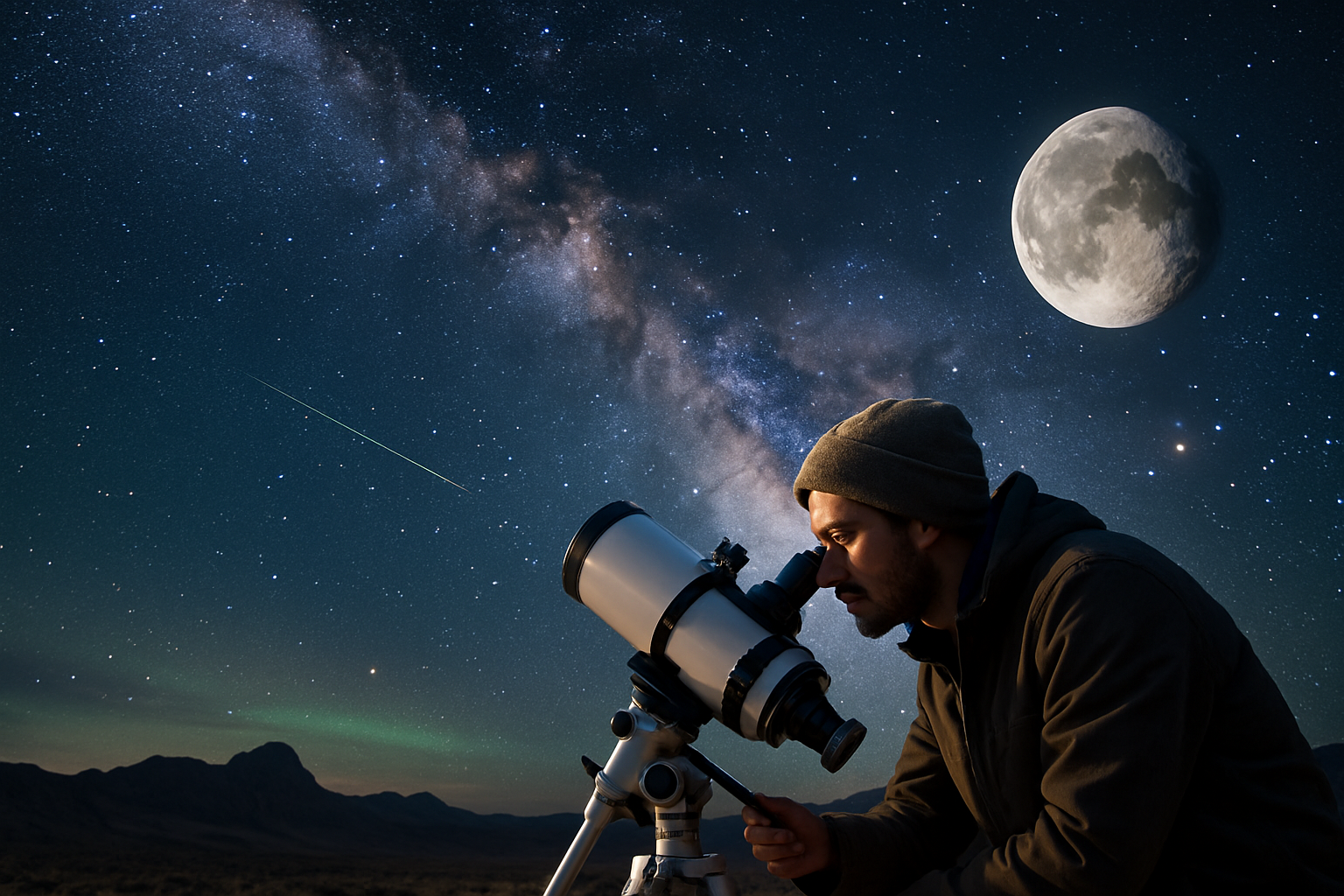Astro-Tourism: Stargazing Adventures Redefining Night-Time Travel
Imagine a journey where the destination isn't a place, but a celestial spectacle. Astro-tourism, an emerging trend in travel, invites adventurers to explore the cosmos from Earth's most pristine dark-sky locations. This unique form of travel combines the thrill of exploration with the awe-inspiring beauty of the night sky, offering a fresh perspective on our place in the universe and redefining what it means to 'get away from it all'.

The Science Behind the Stars
Understanding the night sky adds depth to the astro-tourism experience. Many destinations now offer educational programs led by astronomers, teaching visitors about constellations, planetary movements, and deep-sky objects. These programs often incorporate cutting-edge technology, such as high-powered telescopes and astrophotography equipment, allowing travelers to capture and share their cosmic encounters.
Cultural Connections to the Cosmos
Astro-tourism isn’t just about science; it’s deeply rooted in human culture and history. Many indigenous communities have long-standing traditions tied to celestial events. Travelers can now participate in night sky heritage tours, learning about ancient astronomical practices and the role of stars in navigation, storytelling, and spiritual beliefs across different cultures.
Sustainable Night-Time Adventures
One of the most appealing aspects of astro-tourism is its inherently low-impact nature. Unlike many forms of tourism that can strain local resources, stargazing requires minimal infrastructure and encourages preservation of natural darkness. This alignment with eco-friendly practices has made astro-tourism a favorite among environmentally conscious travelers seeking sustainable adventure options.
The Economic Impact of Celestial Travel
As interest in astro-tourism grows, it’s having a significant economic impact on remote communities. Areas once overlooked by traditional tourism are now seeing an influx of visitors during typically off-peak seasons. This has led to the development of specialized accommodations, from glass-domed igloos in Finland to star-bed experiences in African savannas, catering to those who want to sleep under the stars in comfort.
Illuminating Facts for Astro-Tourists
• The best time for stargazing is during a new moon when the sky is at its darkest
• The Atacama Desert in Chile is considered one of the world’s premier stargazing locations due to its high altitude and low humidity
• Light pollution affects more than 80% of the world’s population, making dark sky areas increasingly rare and valuable
• The Aurora Borealis (Northern Lights) can be seen from various locations above 60 degrees north latitude, with peak visibility typically occurring between September and March
• Astrophotography requires specialized equipment and techniques, but even beginners can capture stunning celestial images with the right guidance
As we look to the stars for our next adventure, astro-tourism offers a unique blend of science, culture, and natural wonder. This growing travel trend not only provides unforgettable experiences but also fosters a deeper appreciation for our planet’s place in the vast cosmic tapestry. By venturing into the dark, we illuminate our understanding of the universe and our role within it, making astro-tourism a truly enlightening form of exploration.




